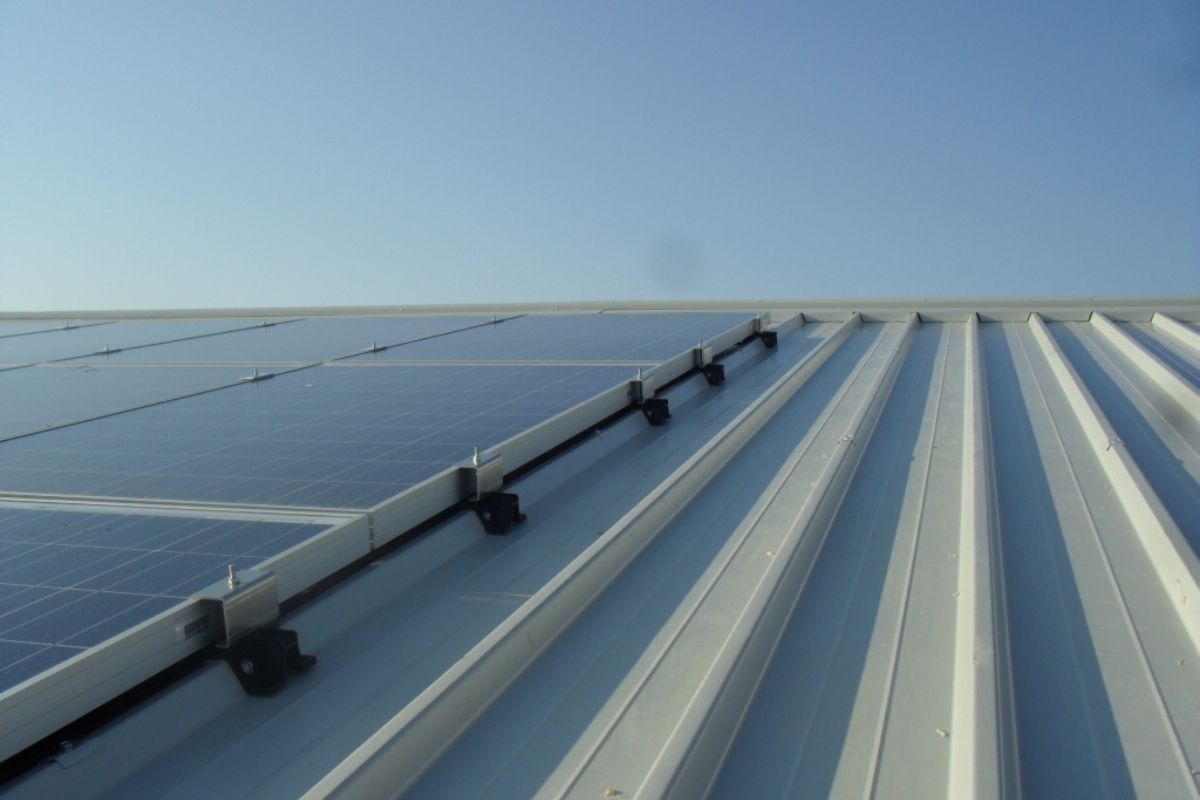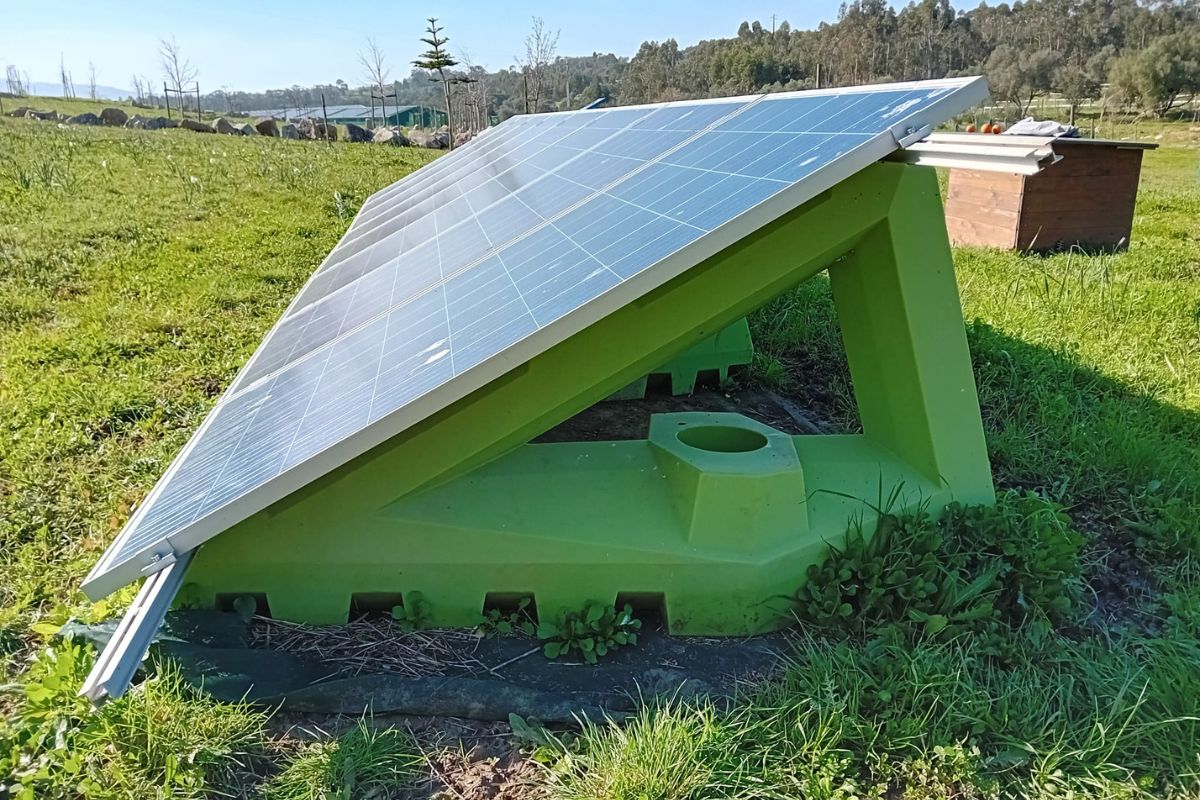Photovoltaic Panel Installation: systems and solutions

Photovoltaic Panel Installation
In recent years, the functioning of photovoltaic panel installation has seen a significant rise in interest, driven by the need to reduce environmental impact and by the convenience of self-produced energy. Whether it’s private homes, industrial buildings, or agricultural structures, more and more people are choosing to invest in photovoltaic system installation to save on energy bills and contribute to the energy transition.
To ensure a photovoltaic system is truly efficient, every detail of the project must be handled carefully, from the choice of materials to the structural components. Among these, the mounting systems play a fundamental role: they are responsible for the stability, durability, and safety of the entire structure. For this reason, during the photovoltaic installation phase, it’s important to rely on high-quality technical solutions.
In this context, Nexus stands out—a company specialized in technical plastic components, offering innovative solutions for photovoltaic panel installation. Its mounting systems, alternative to traditional metal ones, provide high resistance, light weight, and long durability, simplifying every stage of photovoltaic system installation.
- How to install a photovoltaic system? What to know
- Photovoltaic panel installation: mounting systems
- Installing photovoltaic panels: advantages of Nexus plastic mounts
- Practical applications and fields of use
How to install a photovoltaic system? What to know
Installing a photovoltaic system involves a series of technical and administrative steps that vary depending on the type of system (residential, industrial, agricultural) and the installation surface. Generally, the process begins with a careful site assessment, which includes the roof’s orientation and tilt, potential shading, and structural conditions.
Next comes the system design phase, which includes panel sizing, inverter selection, type of connection, and of course, the choice of supports and anchors. Once the design phase is complete, the next step is the installation of the panels and connection of the system to the power grid.
Photovoltaic systems can be installed on pitched roofs, flat roofs, vertical surfaces, or on the ground. Each situation requires specific mounting solutions to ensure long-term stability and performance. The choice of the mounting system therefore becomes a strategic component of the project.
Moreover, it’s essential to comply with all safety regulations and the guidelines of the GSE (Energy Services Manager), especially in the case of incentivized systems. That’s why relying on reliable and certified technical solutions, like those offered by Nexus, is a smart choice.
Photovoltaic panel installation: mounting systems
Often overlooked in favor of panels and inverters, the mounting system is actually the backbone of the system. Without a robust and durable structure, even the best panels risk losing efficiency or, worse, becoming damaged. That’s why the choice of materials and mounting technology is crucial.
Traditionally, supports for photovoltaic system installation have been made from metal, especially aluminum or galvanized steel. However, these materials have certain drawbacks: they are prone to corrosion, require more maintenance, are heavier, and sometimes involve higher transport and installation costs.
Nexus has revolutionized this sector by offering technical plastic mounting systems specifically designed for photovoltaics. These solutions stand out for their mechanical strength, corrosion resistance, light weight, and ease of installation. Thanks to their versatility, they are suitable for various surface types and many system configurations.
Installing photovoltaic panels: advantages of Nexus plastic mounts
Nexus mounting systems are the result of years of research and development in the technical plastics sector. The goal was to create a product that meets all the needs of professionals in the photovoltaic installation industry, combining strength, practicality, and sustainability.
Here are the main advantages of Nexus solutions:
- Corrosion-free: plastic does not fear moisture, salt, or chemical agents. This makes the systems ideal for installations in coastal or industrial areas.
- High mechanical strength: the material composition ensures excellent hold even under wind or snow loads.
- Lightweight: lower weight simplifies on-site transport and handling at height.
- Easy and quick installation: components are designed for fast and precise mounting, reducing installation time and costs.
- Compatibility with various surfaces: metal roofs, concrete roofs, wooden structures, agricultural or industrial ground.
- Customization: Nexus can provide tailor-made systems according to the customer’s or project’s specific needs.
Thanks to these advantages, more and more professionals are choosing Nexus products for solar panel installation, confident they are using cutting-edge technology developed in Italy and focused on quality.
Practical applications and fields of use
Nexus photovoltaic systems are successfully used in a wide range of applications. Thanks to their versatility and strength, they are perfectly suited for residential, industrial, agricultural, or public sector systems.
Main areas where photovoltaic panel installation with Nexus supports is applied include:
- Industrial roofs: the roofs of warehouses or depots can host large photovoltaic systems. Nexus mounts ensure durability and reliability even on large and exposed surfaces.
- Residential roofs: whether pitched tile roofs or flat surfaces, plastic supports allow for discreet and efficient installation.
- Photovoltaic greenhouses and agricultural canopies: in these settings, corrosion resistance is a major advantage, as is the light weight of the structure.
- Off-grid or ground-mounted systems: Nexus structures can also be adapted for isolated systems, such as those in mountainous or rural areas.
Another distinguishing feature is modularity: the systems are modular and integrable, making it easy to adapt to existing projects or future expansions.
In every situation, the goal is clear: to facilitate the installation of an efficient, safe, and sustainable photovoltaic system over time.
In conclusion, investing in photovoltaic panel installation today means looking to the future with responsibility and intelligence. However, to maximize the economic and environmental benefits, it is essential that...








